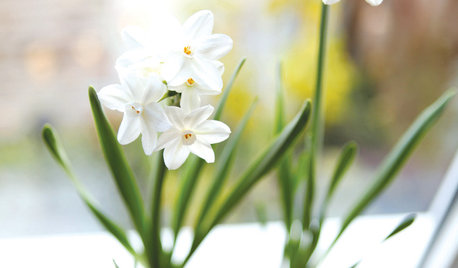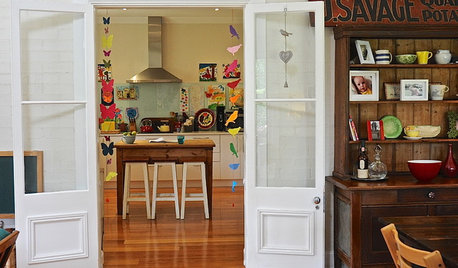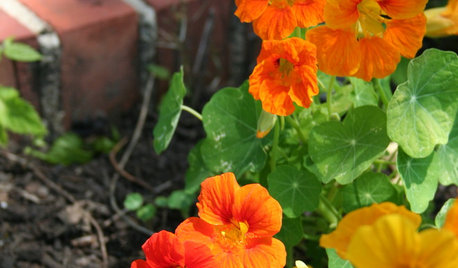Fun book: Amaryllis and How to Grow Them (by Peggie Schulz)
grant_in_arizona
12 years ago
Featured Answer
Sort by:Oldest
Comments (13)
kaboehm (zone 9a, TX USA)
12 years agogrant_in_arizona
12 years agoRelated Professionals
Cary Landscape Architects & Landscape Designers · Erie Landscape Architects & Landscape Designers · Ilchester Landscape Architects & Landscape Designers · Burlington Landscape Contractors · Bell Gardens Landscape Contractors · Cudahy Landscape Contractors · East Patchogue Landscape Contractors · Euclid Landscape Contractors · Fort Atkinson Landscape Contractors · North Haven Landscape Contractors · Point Pleasant Landscape Contractors · San Pedro Landscape Contractors · Stallings Landscape Contractors · West Orange Landscape Contractors · Shady Hills Swimming Pool Buildersdondeldux z6b South Shore Massachusetts
12 years agoblancawing
12 years agodondeldux z6b South Shore Massachusetts
12 years agojoshy46013
12 years agojoshy46013
12 years agodondeldux z6b South Shore Massachusetts
12 years agoamaryllisstudygroup
11 years agobronxfigs: New York City/7b
11 years agoJL (Zone 6B MA)
6 years agoamaryllisstudygroup
6 years ago
Related Stories

DIY PROJECTSHoliday DIY: Mason Jar Forced Bulbs and Evergreen Gift Tags
Learn how to make these winter projects from the book ‘Garden Made’ by Stephanie Rose
Full Story
CONTAINER GARDENSHappy Houseplants, Happy People
Potted plants add life and beauty to a room. Learn easy ways to keep them healthy
Full Story
WORKING WITH PROS10 Things Decorators Want You to Know About What They Do
They do more than pick pretty colors. Here's what decorators can do for you — and how you can help them
Full Story
FUN HOUZZDon’t Be a Stickybeak — and Other Home-Related Lingo From Abroad
Need to hire a contractor or buy a certain piece of furniture in the U.K. or Australia? Keep this guide at hand
Full Story
TRADITIONAL STYLEDecorating With Antiques: Silver’s Legacy
Learn how to tell sterling from plate, ways to display pieces and why silver is so darn special to begin with
Full Story
GARDENING GUIDESSouthern California Gardener's September Checklist
Before prime planting time, clean out the old garden, prepare for the new, and dream up ideas for fall flowers and veggies
Full Story0

LIFEHard Winter? 9 Ways to Battle Cabin Fever
We know a lot of you are trapped where it just won’t stop snowing. Here are some ways to survive
Full Story
ECLECTIC HOMESHouzz Tour: A Storybook House for the Neighborhood
This charming family home incorporates Tudor-style elements, eclectic details and smart planning
Full Story
ECLECTIC HOMESMy Houzz: Lively Color Animates a Traditional Aussie Home
Playfulness and optimism ring through a family’s house in the Australian countryside
Full Story
GARDENING GUIDESDon’t Let These Excuses Keep You From Gardening
Stop blaming your lack of experience, space, time and funds, and get on with the joy of garden making
Full StoryMore Discussions






millran2